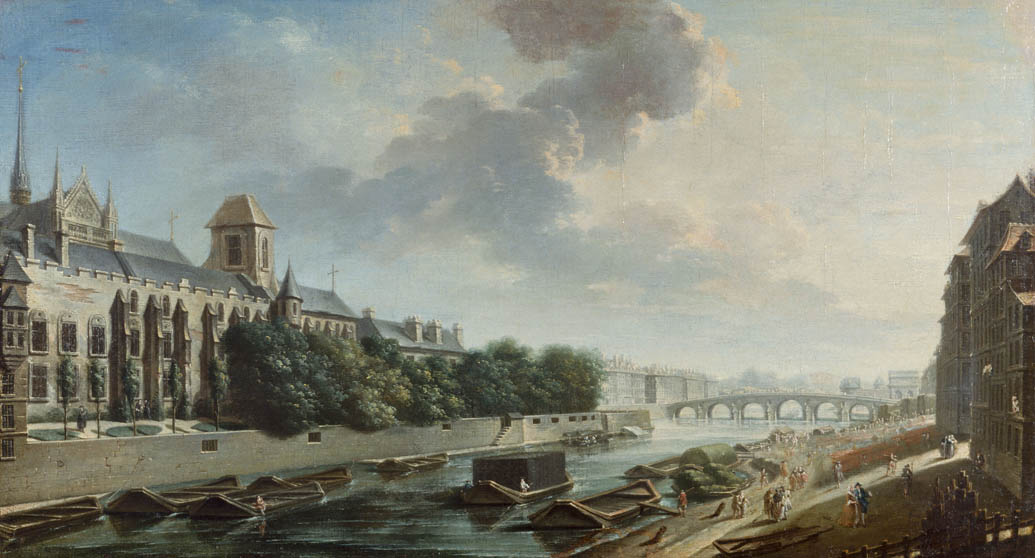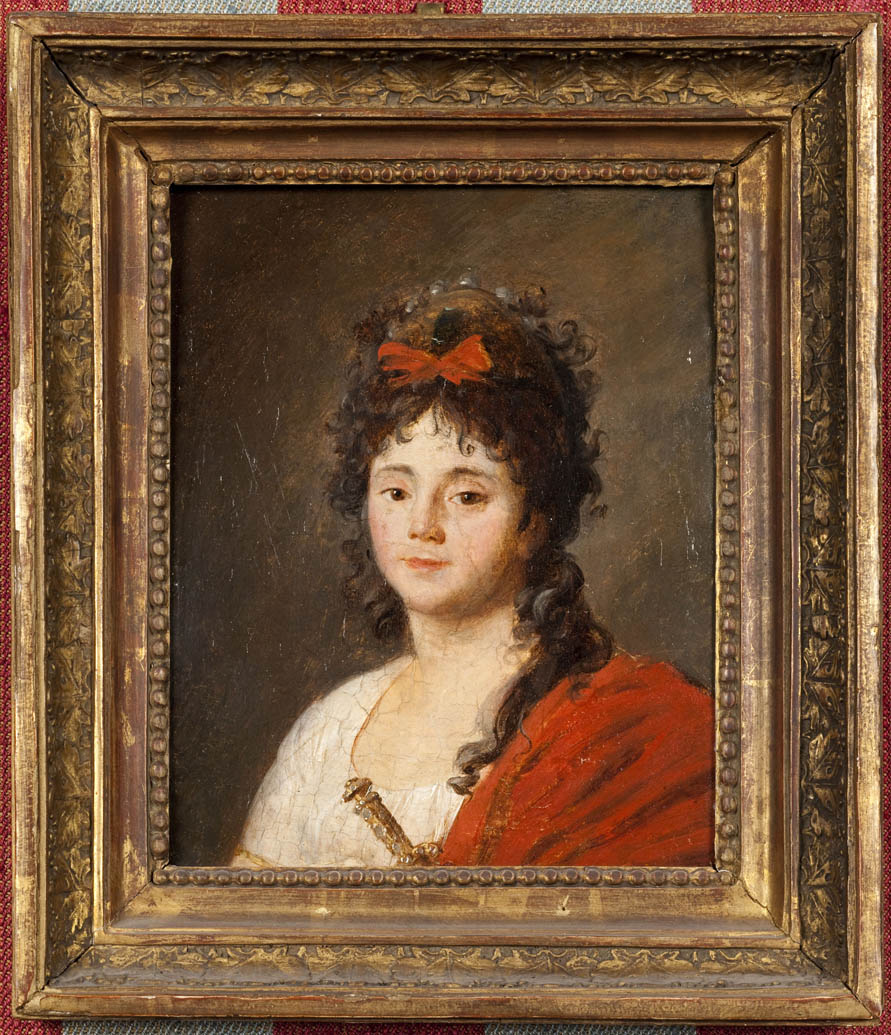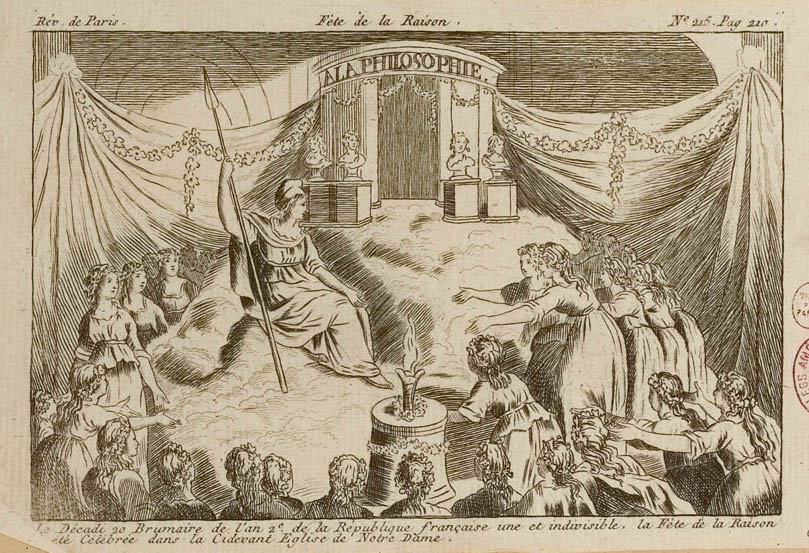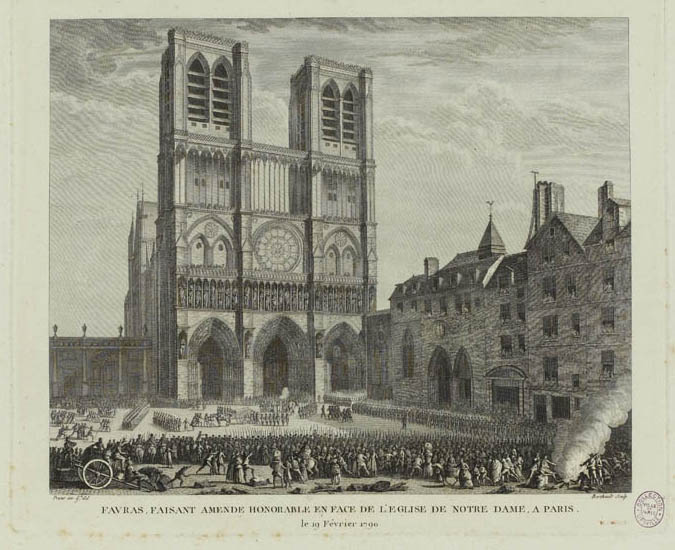When the National Assembly was Next to Notre-Dame!
At Notre-Dame, masses were held one after the other in honor of the Revolution. Here, hymns were sung after the storming of the Bastille (July 14, 1789) or when royal privileges were abolished (August 4, 1789). In October 1789, the National Assembly even temporarily relocated to the archbishopric, which was then located next to the cathedral! In 1793, Notre-Dame became a Temple of Reason. The cathedral was also used to store wine for the Northern army, then, after 1797, Notre-Dame was home to theophilanthropy, a faith based on family, reason and the love of others.
Location
ItineraryQuai de l’Archevêché
Suggestion
The Ile de la Cité and the Conciergerie and its neighborhood
Free People of Color get Involved in the Revolution
To find out more…
Decorations for the Festival of Reason
On November 10, 1793, a Republican celebration took place with great pomp in Notre Dame. The cathedral was completely reorganized. All of the Christian architecture was hidden by a décor inspired from antiquity. For the sans-culottes, only reason and knowledge could free people from the superstitions of Catholicism. True republicans needed to celebrate the Cult of Reason: several young girls stood in front of a temple of Philosophy, created for the occasion. Dressed in blue, white and red, and wearing Phrygian caps, Miss Maillard, a singer at the Opera, burst into a hymn to Liberty followed by La Marseillaise.
Blessing of the Revolution
On September 27, 1789, the archbishop of Paris officially blessed the tricolor flags of the National Guard, in charge of maintaining order in the neighborhoods. In many other cities, the same ceremony took place: the Revolution started in a spirit of religious communion.
Last penance for the Marquis de Favras
On February 19, 1790, in the middle of the Revolution, the forecourt of Notre-Dame was the site of a ceremony that recalled penitential acts from the Middle Ages: accused of having tried to help Louis XVI get away in order to flee the Revolution, the Marquis de Favras was forced to make a public apology, i.e. do penance, in front of Notre-Dame. Equipped with a torch and banner bearing the words “conspirator against the Nation,” Favras was then hung on the Place de Grève in front of a huge crowd.









